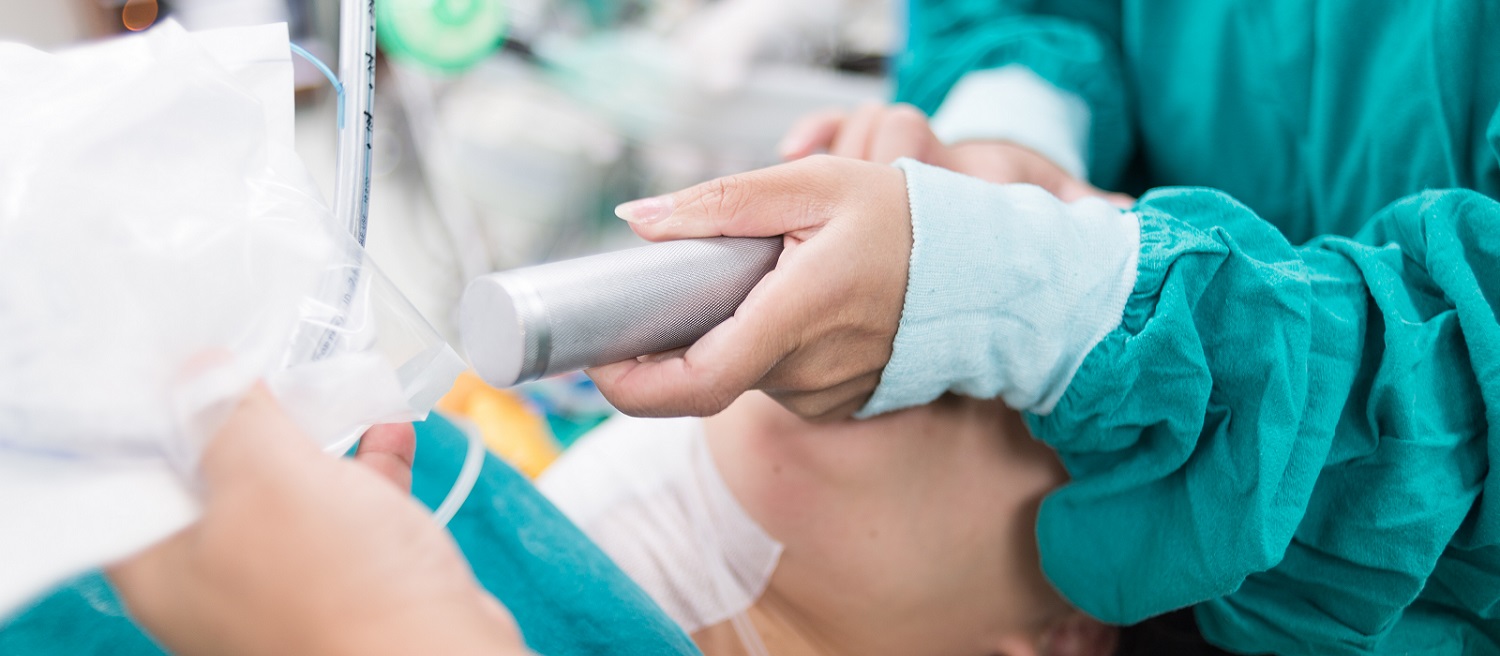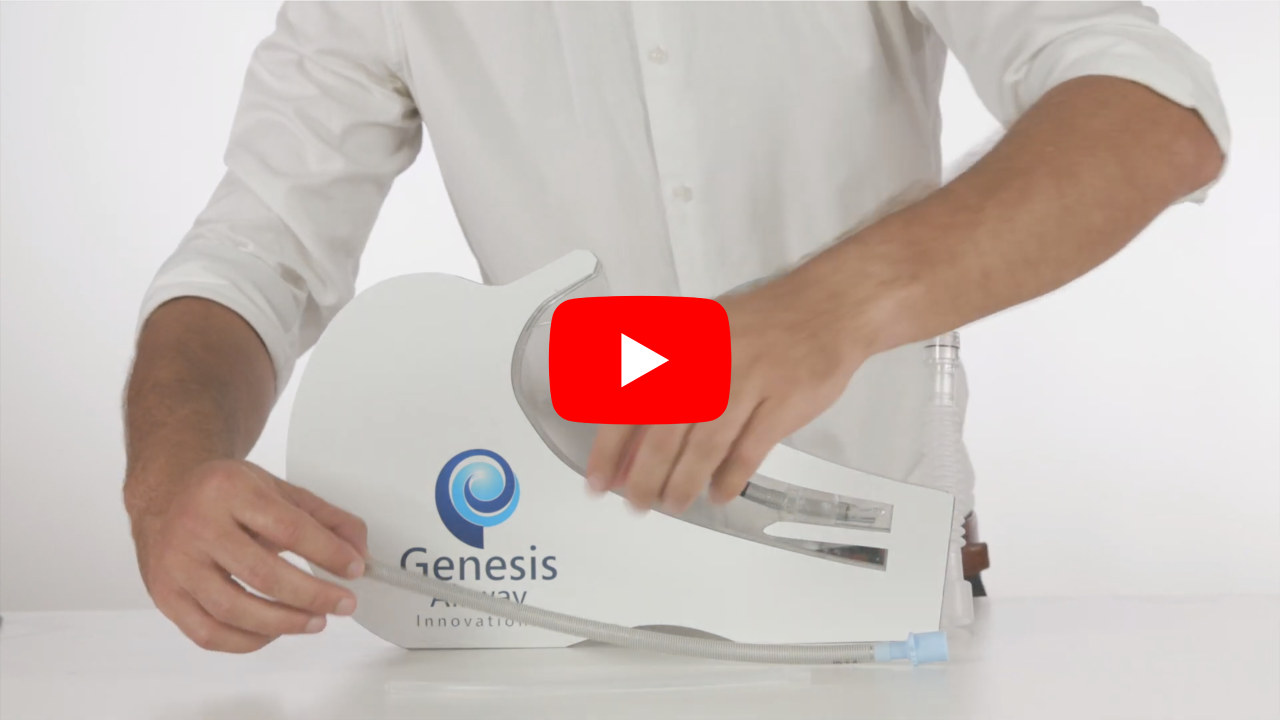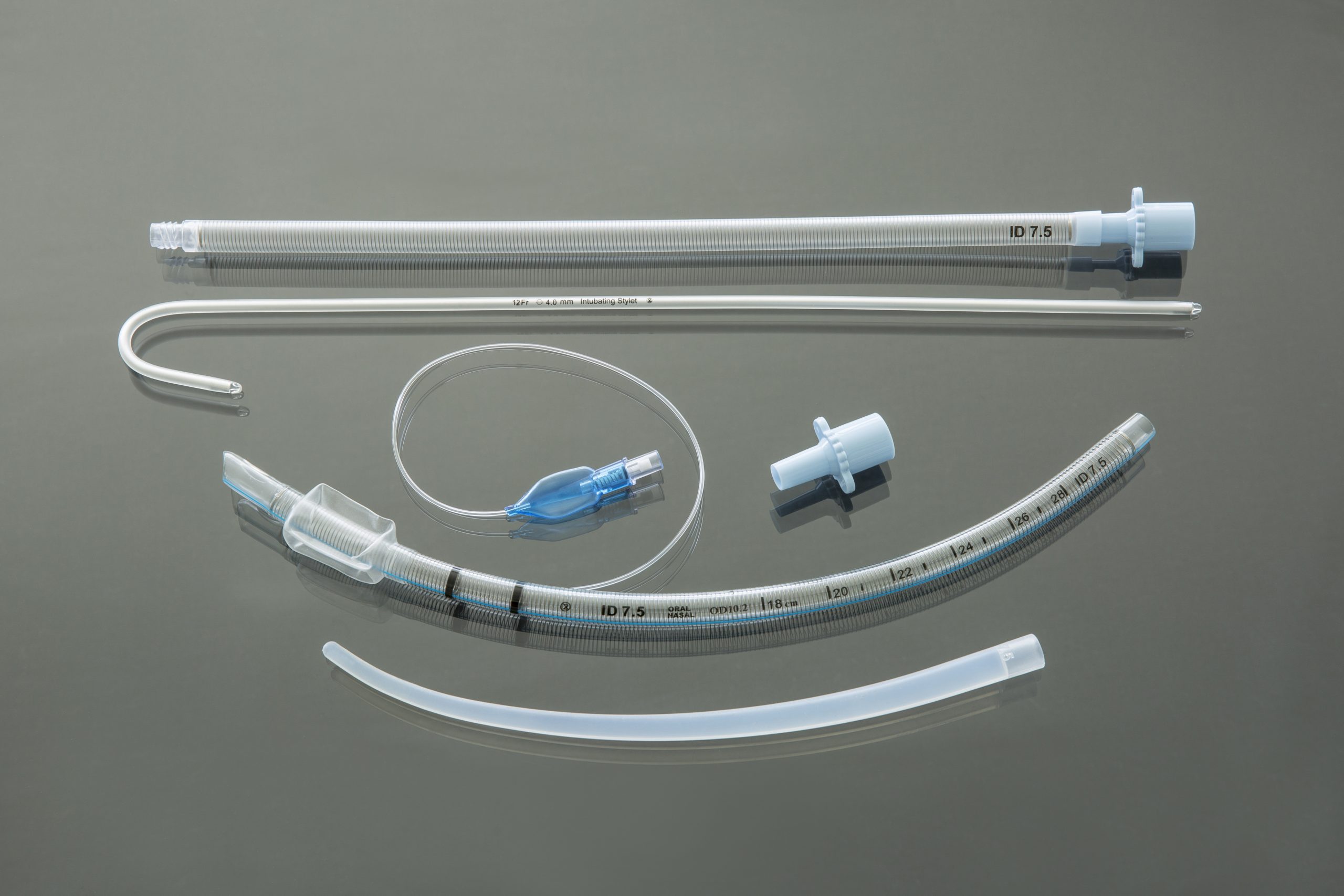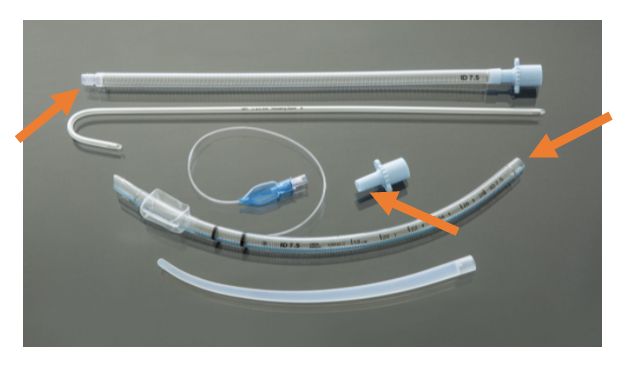
Interchangeable oral-nasal Endotracheal Tube
This novel innovation is the world’s first oral/ nasal interchangeable endotracheal tube. It offers a method to change between an oral endotracheal tube to a nasal endotracheal tube (and vice versa) without reintubation, while ventilation is maintained.
This method is ideal for use in maxillofacial surgery, where both oral and nasal intubation may be required. It is suitable for initial intubation of trauma patients in the emergency department over a bougie or with a stylet, where nasal intubation may be later required for maxillofacial surgery or patient transport. It provides a secure endotracheal tube/ airway for ventilation of children in ICU. It is also useful in managing a difficulty airway when intubating over a bougie or fibre optic scope.



